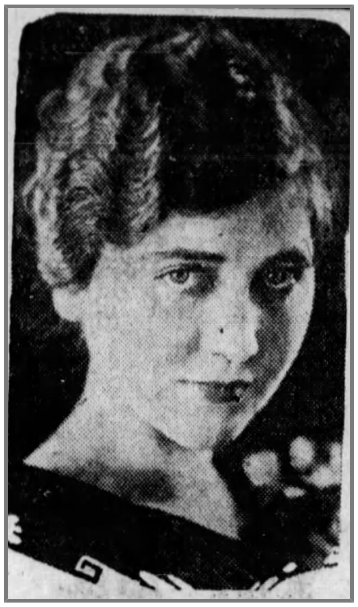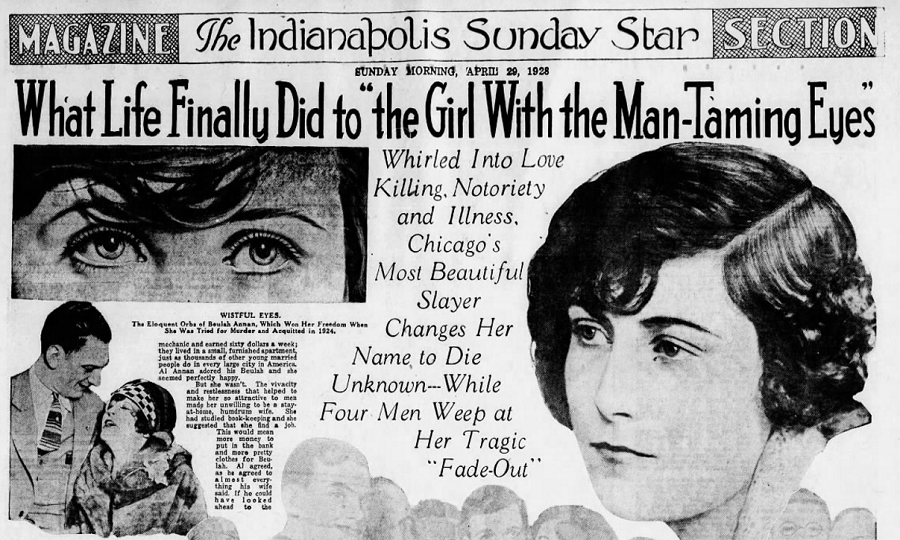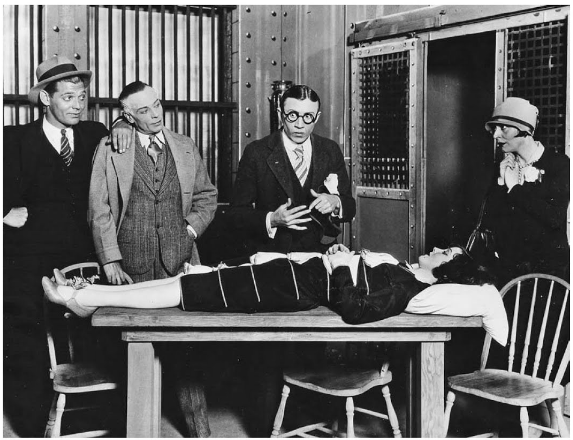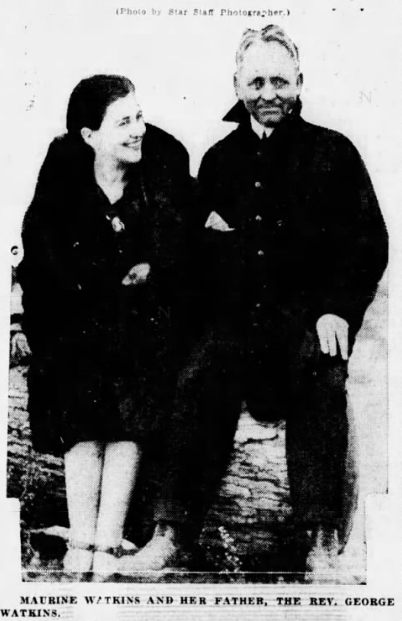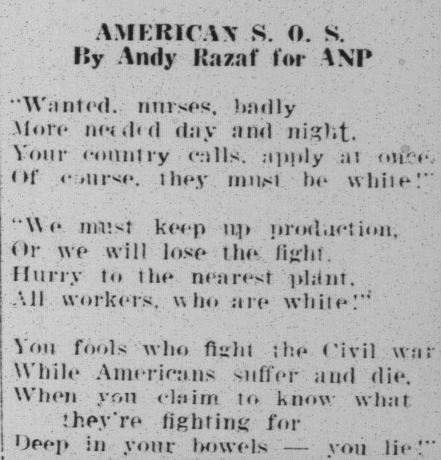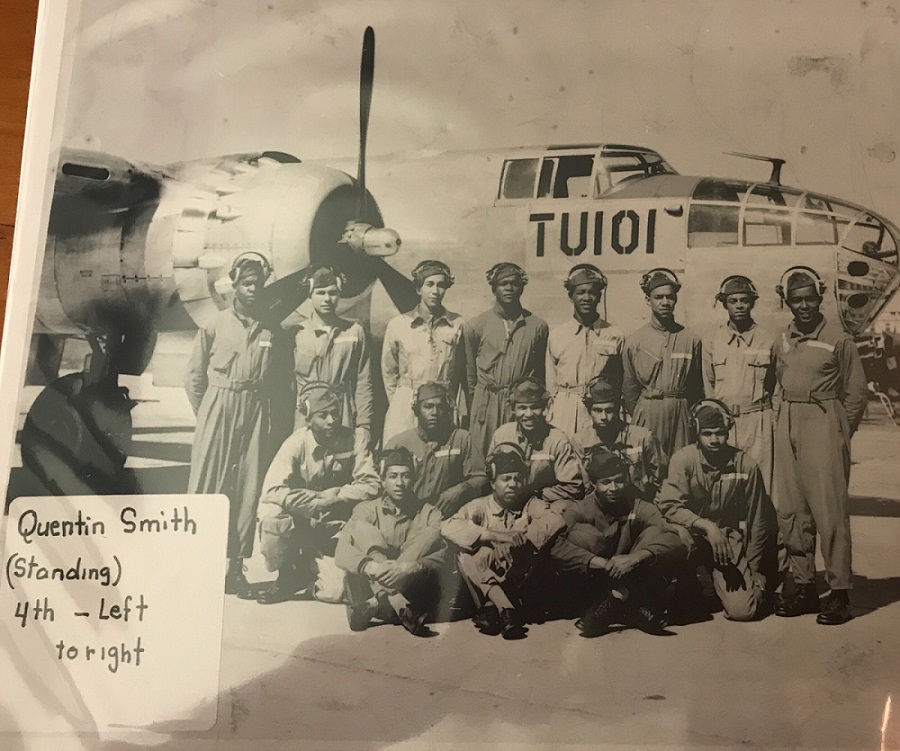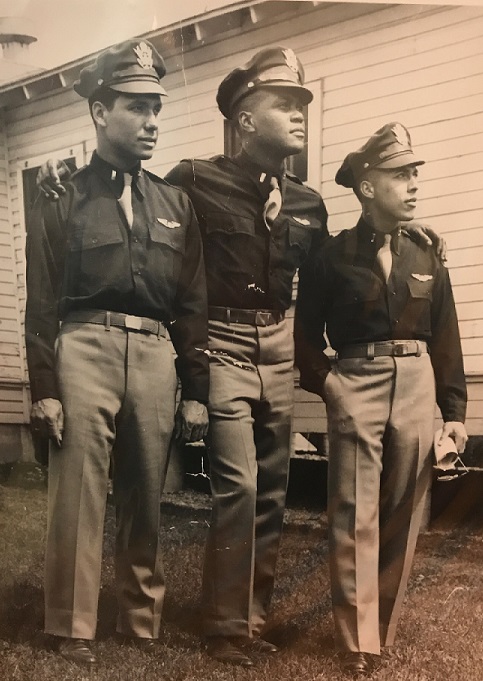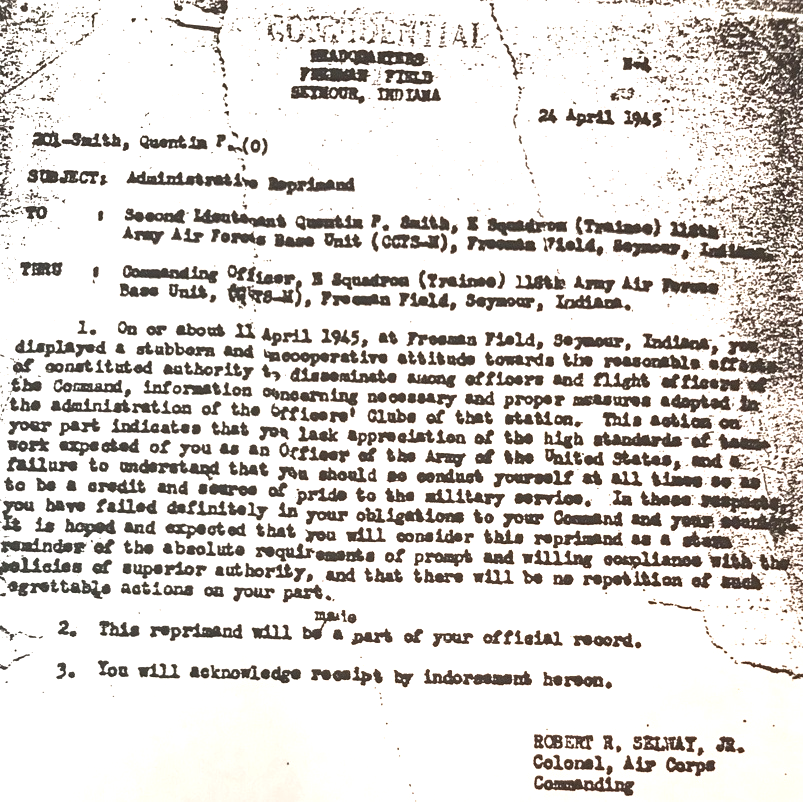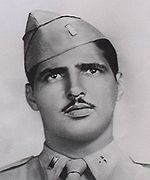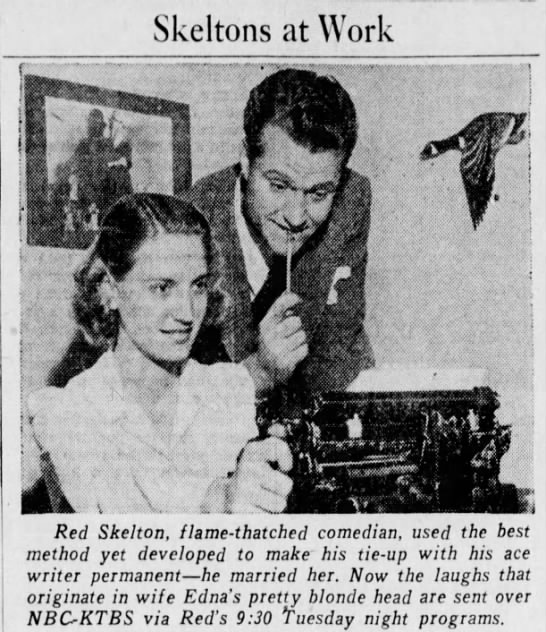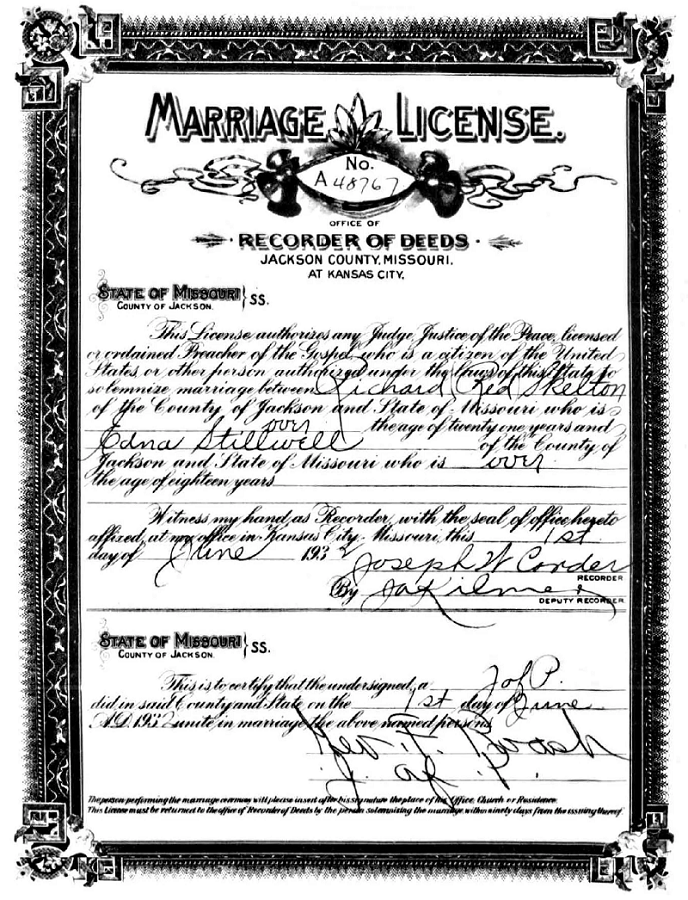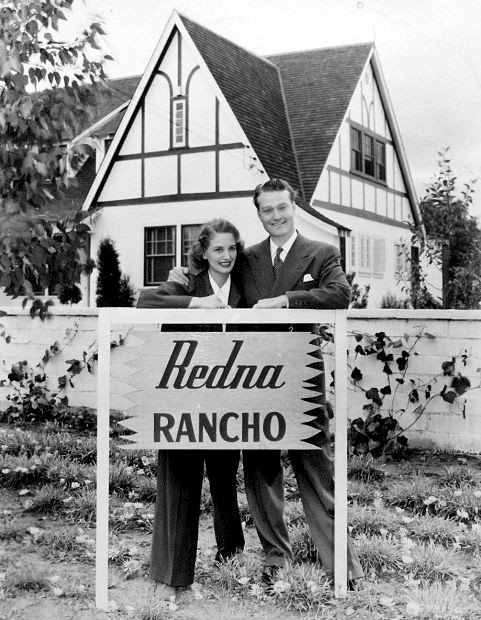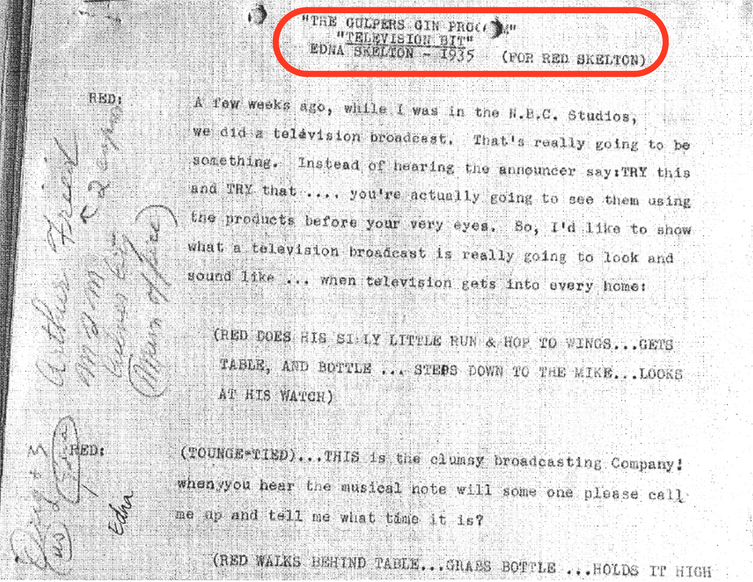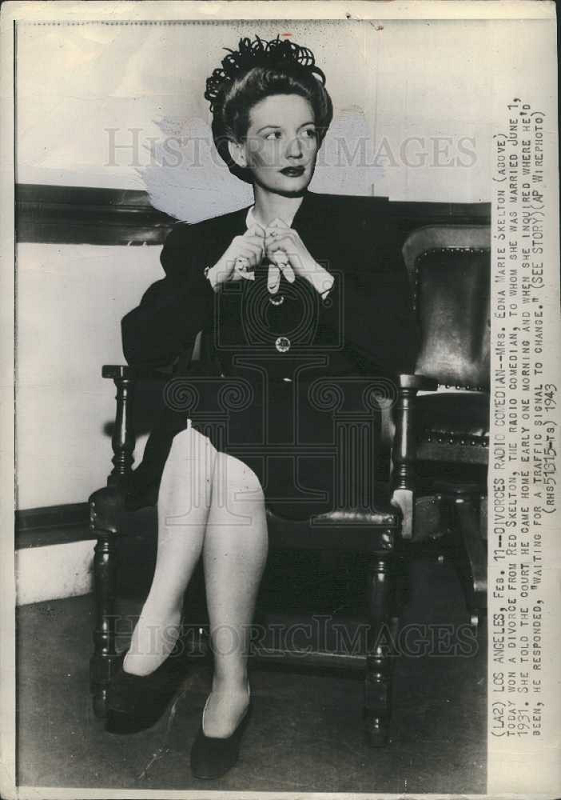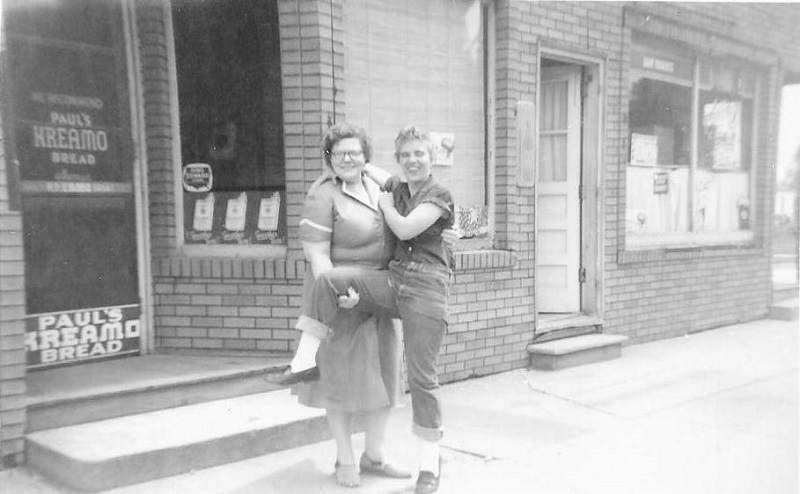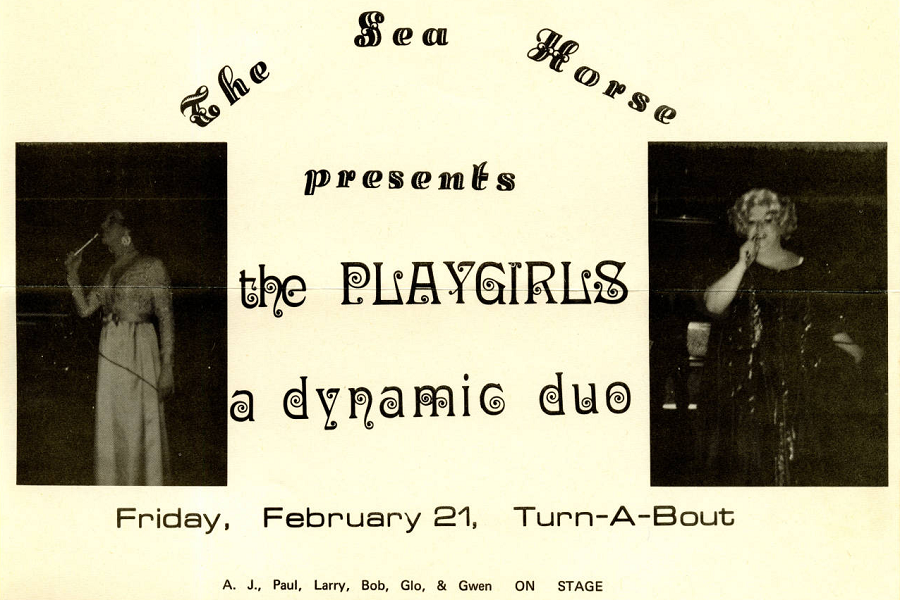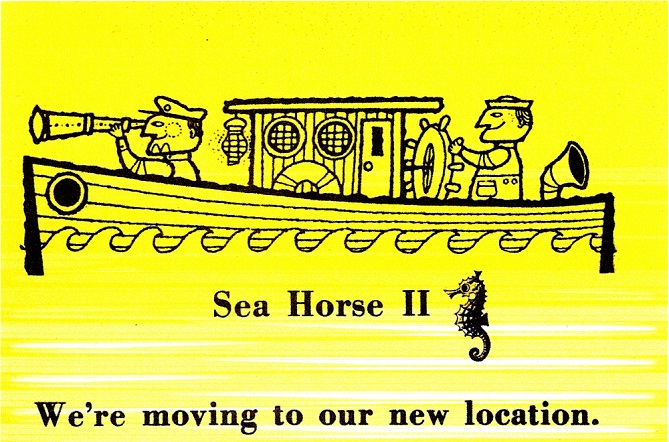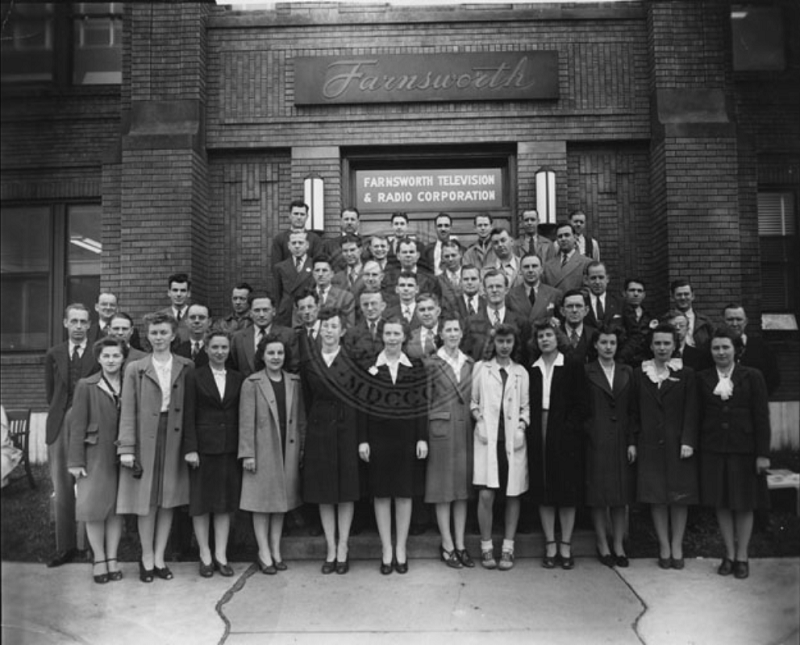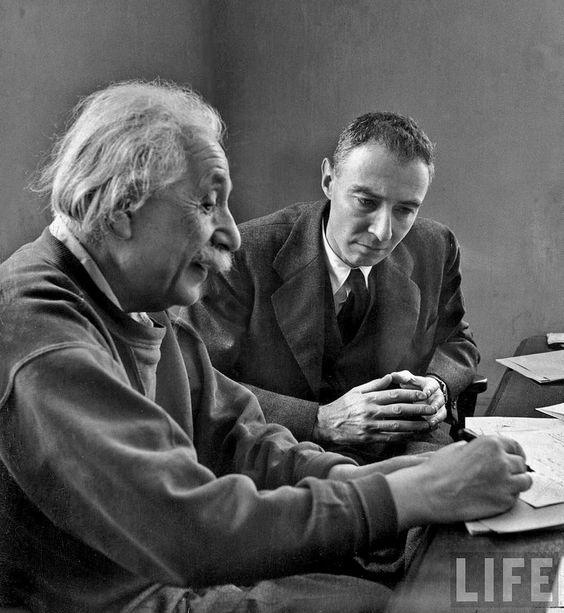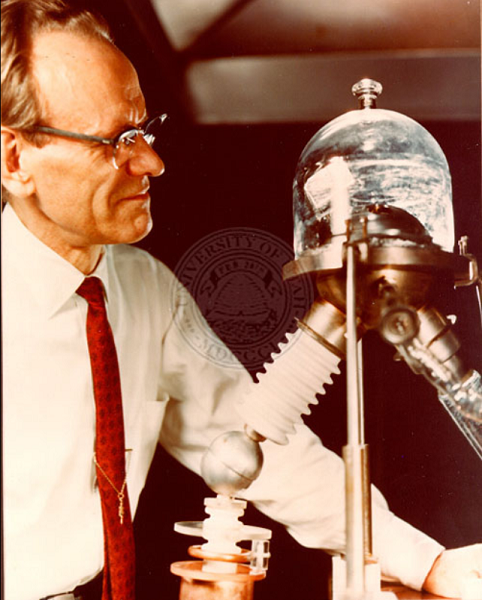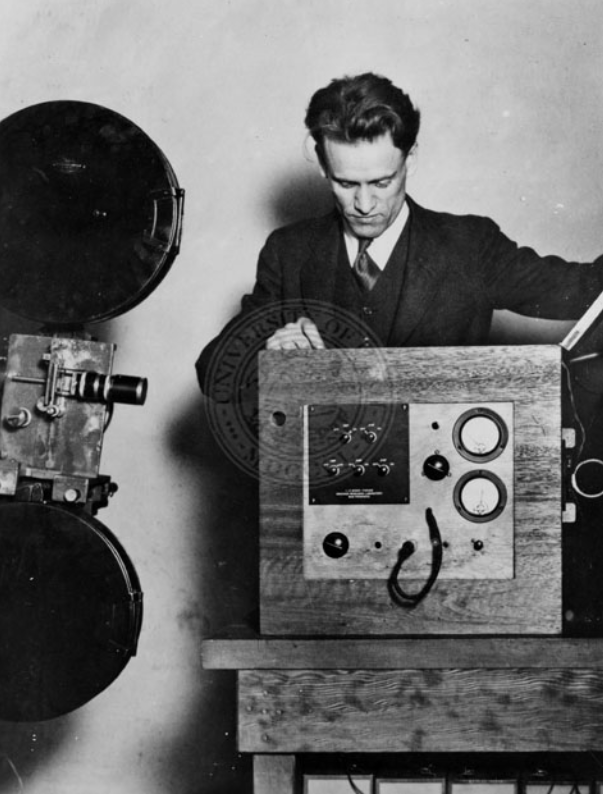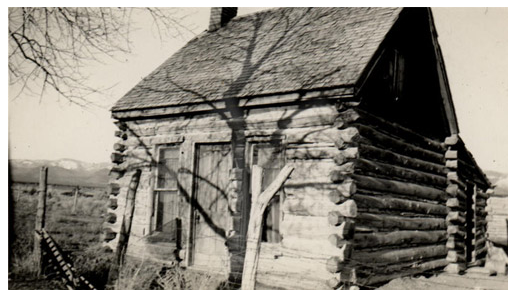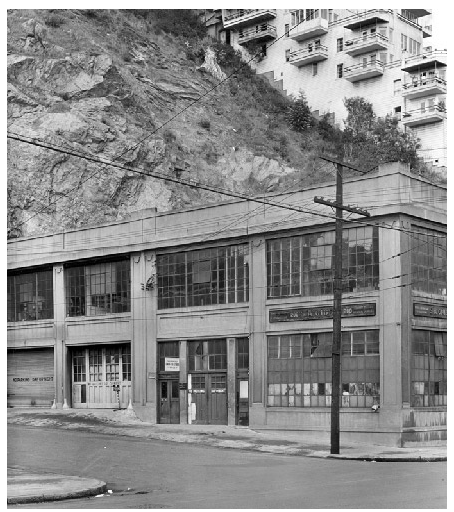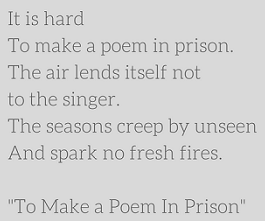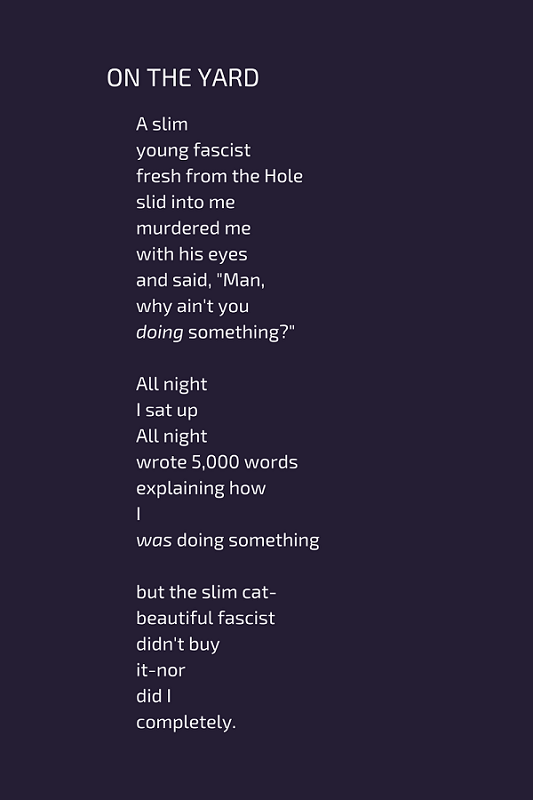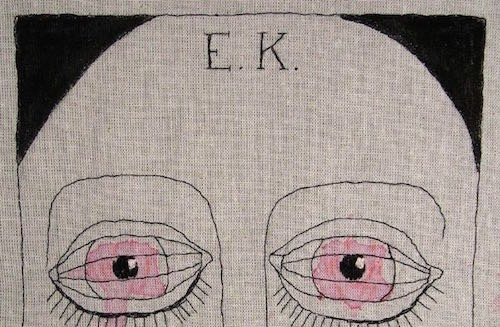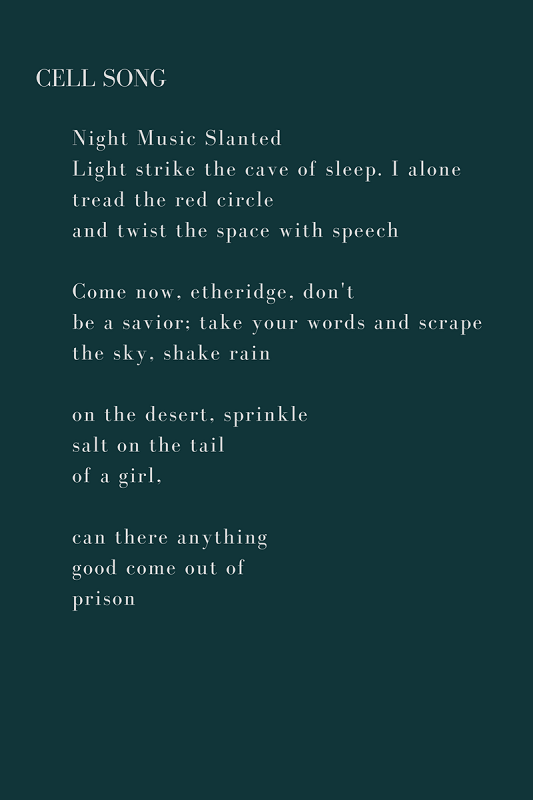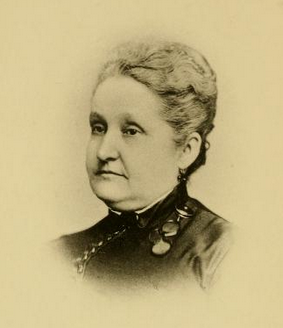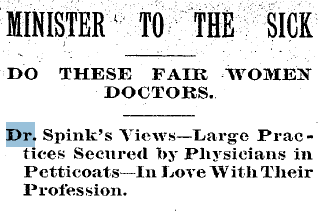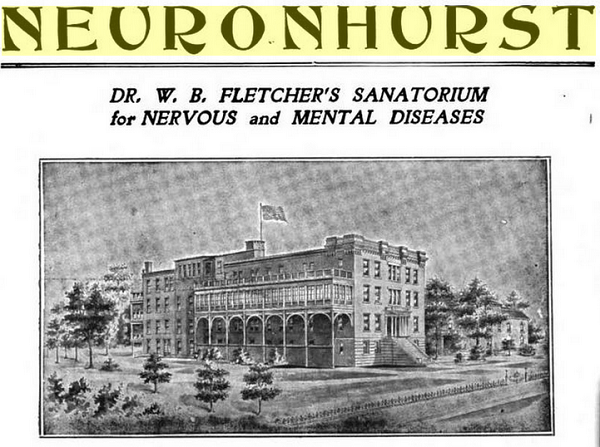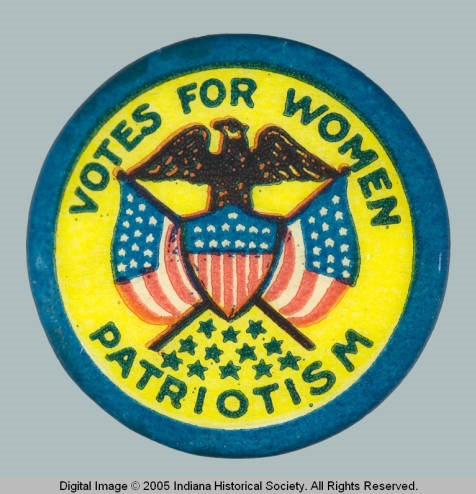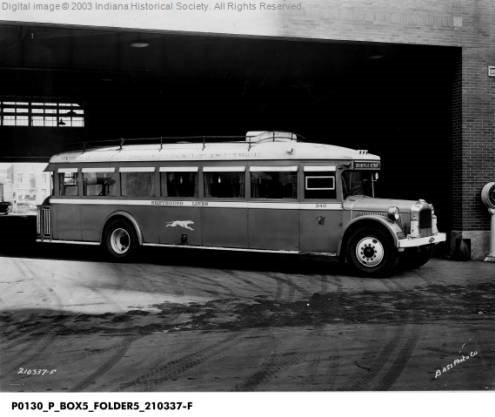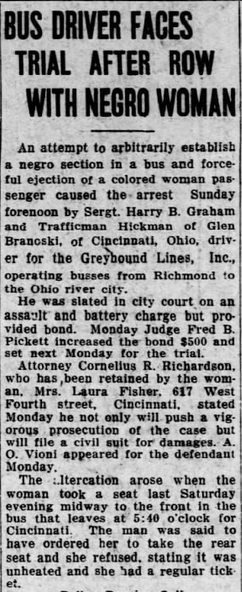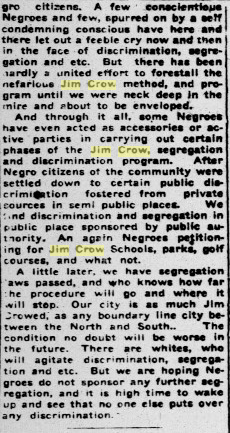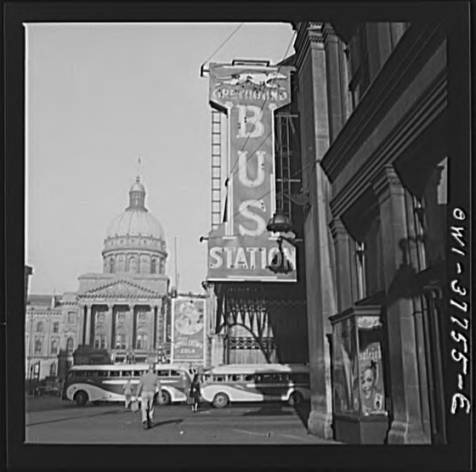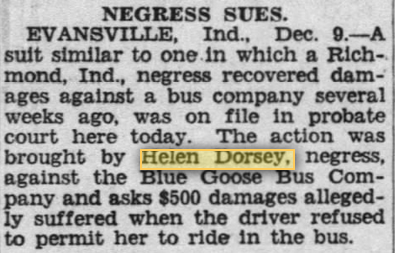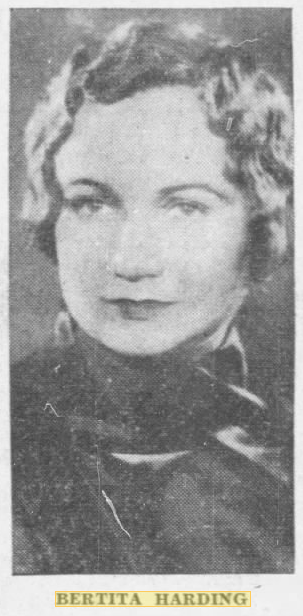
Before social media instantly familiarized people with new cultures, Bertita Harding endowed Americans, and specifically Hoosiers, in the 1930s and 40s with illuminating accounts of Europe’s and South America’s rich, sometimes volatile past and present. The Hungarian author spoke five languages, interviewed dictators, and witnessed the gleam of royal jewels. Her experiences compelled her to author more than a dozen lucrative books, mostly biographies. Indianapolis firm Bobbs-Merrill published most of her books. Bertita brought a fresh approach to biography, giving depth to royal figures, illuminating their motives, and endowing them with humanity. Her life was as interesting and tragic as the royal figures about which she so aptly wrote.
The “adopted Hoosier” was born in Hungary and moved to Mexico when her father was solicited to work as an engineer in Mexico City. As a child, she grew intrigued with the story of ill-fated Carlotta and Maximilian, Emperor and Empress of Mexico. The story is worthy of a Shakespearean quarto:
Austrian archduke Ferdinand Maximilian Joseph accepted the offer of the Mexican throne in 1863, having been assured that the Mexican people voted for his governance. However, he was installed into power through the collusion of Mexican conservatives and the French emperor, against the wishes of many Mexicans. He and his beloved wife Carlotta traveled to Mexico, where the liberal-minded emperor tried to rule with “paternal benevolence,” working to abolish the peonage system. When French troops pulled out of Mexico, and former Mexican president Benito Juarez returned, Carlotta fled to Europe to fruitlessly plead for support of her husband. Unwilling to abandon the impoverished people he had advocated for, Maximilian refused to abdicate the throne. He was executed near Queretaro, devastating his wife who remained in Europe. She fell into a debilitating depression and never recovered, refusing to acknowledge his death.

Bertita’s house was adjacent to the city’s Chapultepec castle, where the royal couple lived. The Indianapolis Star noted that “Each night as she went to bed she saw from her nursery window a light gleaming on the terrace of the somber castle, and she learned that there the beautiful Empress and her imperial husband had walked on starry nights.”
In 1909, Bertita, along with her mother and two brothers, journeyed to Vienna with a “mysterious black trunk.” Emperor Maximilian’s brother Frans-Joseph received the trunk, revealing to Bertita’s mother the jewels and insignia worn by the tragic royal couple. For returning the goods to the House of Hapsburg, Frans-Joseph bestowed Bertita’s mother with the signum laudis award for service to the crown. Bertita’s brushes with royalty proved to be the inspiration for many of her works.
Bertita traveled to the United States for school, training to be a pianist at the University of Wisconsin, where she met her husband Jack Harding. The couple moved to Indianapolis, where he worked as an executive at Harding Advertising Company. Eventually, the pair applied their literary gifts to writing film scripts in Hollywood. The Indianapolis News recalled in 1957, that Bertita “espoused the role of a young Hoosier wife and blithely entered local activities . . . She had a rare gift for being folksy and fabulous, cozy and continental at the same time.” Here, they participated in the Lambs Club, Athenaeum, and Players Club.
In a 1958 Anderson Herald article, Bertita stated that after her children were killed in an accident her husband encouraged her to write, an endeavor she found more convenient than practicing the piano. She mused “‘I’ve put a cake in the oven and gone over in my desk to write. If the cake burned, the chapter turned out to be a masterpiece. If the chapter was bad, the cake was delicious. And many times both turned out just right.'”

In 1934, Bobbs-Merrill published her literary jewel, Phantom Crown: The Story of Maximilian and Carlotta of Mexico. At a talk for the Women’s Club in Richmond, Indiana in 1934, Harding stated that as a little girl in Mexico City she interrogated former ladies-in-waiting for the royal couple about their fates. The adopted Hoosier added “I could visualize how they felt-transplanted Europeans, somewhat bewildered.” Harding penned the impeccably-researched biography in her Indianapolis apartment, writing methodically from 9 a.m. to 4 p.m. She recalled “As I wrote the book sometimes I would laugh at my own jokes, and sometimes I would cry with sympathy for them, and I loved to think my own book could arouse such sympathy in myself.”
With the success of Phantom Crown, Harding cemented her place in the Hoosier literary canon, residing among a prolific list of Indiana poets, playwrights, novelists, travel writers, and journalists. These included novelist Booth Tarkington, author Gene Stratton-Porter, and poet James Whitcomb Riley. The book she described as “manifest destiny” created a demand for Bertita’s unique perspective. She went on the lecture circuit, speaking to clubs around the country about her experiences. The Muncie Evening Press noted in 1935 that with these lectures she took audiences on a vivid tour through Mexico and Europe, showing them “‘the small out-of-the way, pieces of art and works of beauty to be found in such travel.'” Listeners traveled down the Danube into Hungary and then Vienna, where they experienced picturesque domes and woodcarvings, before arriving at French convents. Of Germany, she remarked it “‘is too far advanced, with far too much intellect as well as sentiment, to provide the obscure forms of art . . . Their great capacity is for work.'”

By 1939, the story of the ill-fated lovers proved so popular that Warner Brothers adapted Harding’s book into a film called “Juarez,” starring Bette Davis. According to the Indianapolis News, Harding threatened to sue the studio for failing to give her screen credit, but the parties came to an agreement and Harding described “Juarez” as a “‘beautiful picture.'” Harding noted that the film’s theme had been adapted to “fit modern conditions” and that, during a time of Hitler-led German aggression, Warner Brothers was advocating for “America and the Constitution right now, so ‘Juarez’ just had to fit in.” Harding contended that “Juarez” was obviously made in the vein of anti-fascist film Confessions of a Nazi Spy.
Harding followed Phantom Crown with additional biographies about the House of Hapsburg, such as Golden Fleece: The Story of Franz-Joseph and Elizabeth of Austria and Imperial Twilight: The Story of Karl and Zita of Hungary. The Indianapolis Recorder, an African-American newspaper, praised Harding’s writing, noting “Stiff, regal figures become understandable, human-beings. Royal mazes are unraveled. Motives for strange actions grow lucid.” The newspaper added that “A flawless instinct for drama makes the utmost of every event without the slightest strain.”
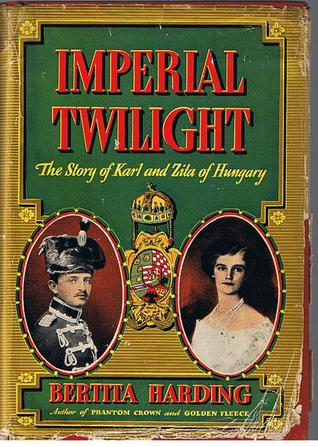
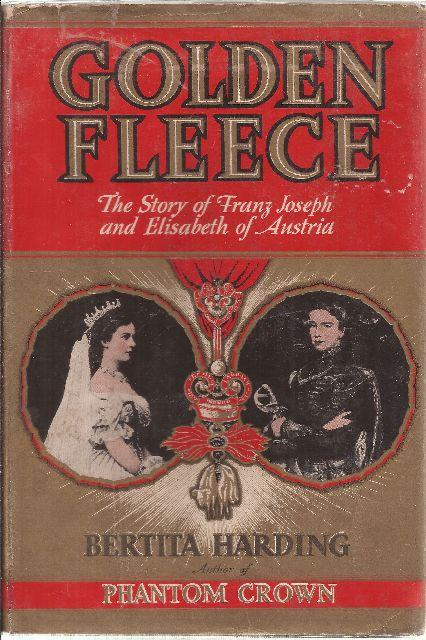
Harding’s life and books seemed to place her on the perimeter of political and military upheaval. In October 1940, she traveled to Brazil to gather material for a forthcoming book. By this time, Nazi Germany had captured France, and the Allied Powers feared that Brazil, which had been fairly politically neutral, could be susceptible to Nazi attack. Harding interviewed Brazilian dictator President Getulio Vargas, concluding that although Vargas was a dictator, Brazilians would never permit a European dictatorship. According to the Indianapolis Star, Harding asserted “I am convinced that, for reasons both sentimental and practical, Brazilians would resist any attempt to give either Naziism or Fascism a foothold in their country.'”

By 1944, Bertita and her husband Lieutenant Colonel Jack Harding, an executive officer of public relations, were fully entrenched in the war effort. That year, the Indianapolis News reported on Jack’s work in England, noting that as an intelligence officer he briefed and interrogated combat crews and laid out the operational plan for air force public relations for the D-Day invasion. In a letter published by the Indianapolis News, the lieutenant colonel illuminated for Americans the sacrifices made by soldiers in France on D-Day.
He wrote stirringly “it is still true that aircraft, artillery, warships and other auxiliary arms all radiate from a common center, one little man with one little gun. This day belongs to the infantryman, may God protect him.” Following the pivotal invasion, Jack accompanied war correspondents on a journey through France. They witnessed the fall of Cherbourg, where “Street fighting, snipers, artillery attacks, as well as a ride through crossfire, added up to part of the night’s work.” While her husband wrote about “those kids of ours,” Bertita helped sell war bonds through a literary group.

She continued to do what she did best–write about royal exiles. Harding published Lost Waltz in 1944, centering around Austria’s Leopold Salvator and his family of ten. The Indianapolis News praised her ability to “place for us these Hapsburgs in the broad movement of our own eventful times, her unusual ability to recreate past scenes and make them live again with the verve and sparkle of fiction, though she never deviates from sober fact.” Other books written by Harding after the war include Magic Fire: Scenes around Richard Wagner and The Land Columbus Loved: The Dominican Republic.
After the death of her beloved first husband, she married Count Josef Radetsky in Vienna in 1957, an ancestor of Austrian nobility. The Indianapolis News reported that the Count’s family estates had been “reduced to poverty” when Communists seized Czechoslovakia in 1948 and that he was working as a taxi driver in Vienna when he met Harding. By 1958, Bertita had made such a name for herself that the Orlando Executives Club nominated her to speak, among other nominees such as FBI Director J. Edgar Hoover. In 1958, her life took another somber twist when a Vienna court found Radetsky guilty of trying to defraud her, sentencing him to eighteen months in an Austrian prison.
Adamant that “age cannot wither you,” Bertita began work on a book about German musician Clara Schumann, which Bobbs-Merrill published in 1961. Bertita passed away in Mexico in 1971, having fulfilled her 1935 dictum that “‘Life comes before letters . . . If life results in writing, that is good: but writing without living is worthless.”


